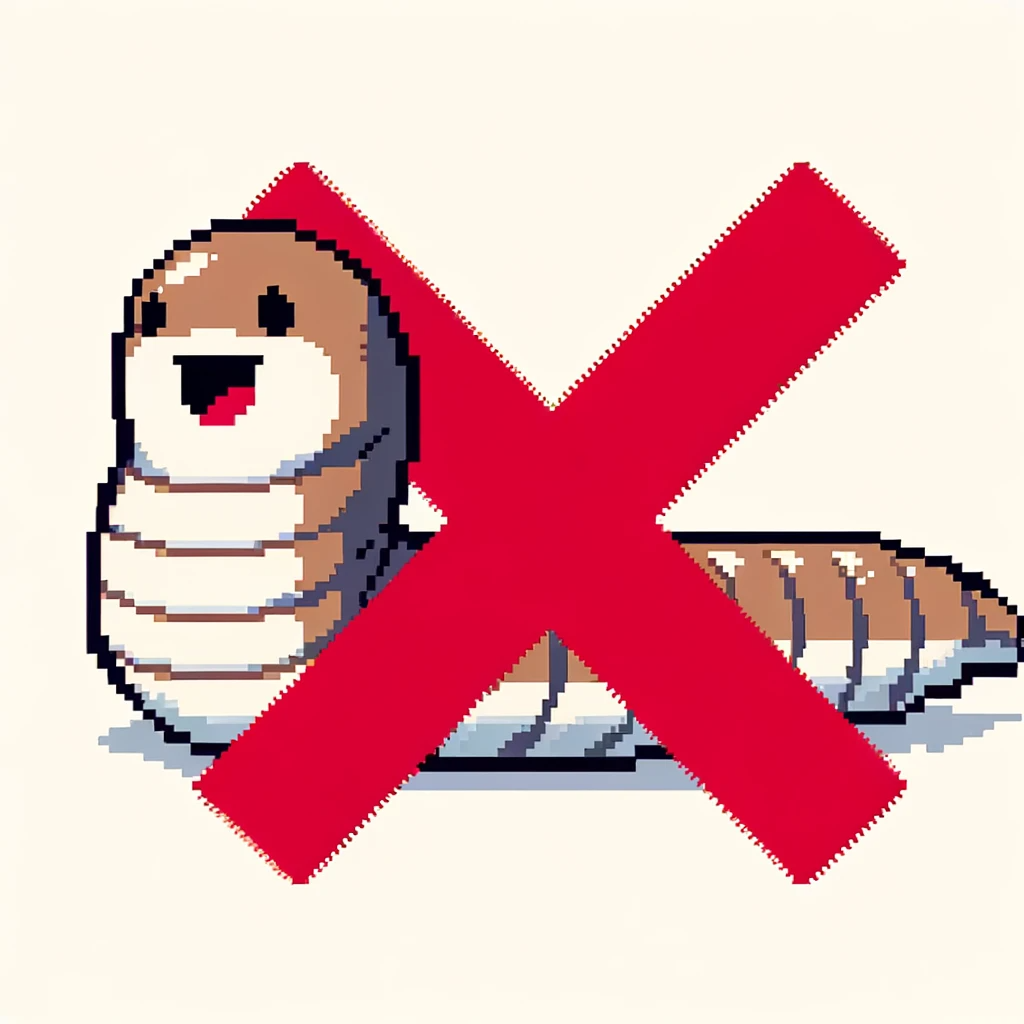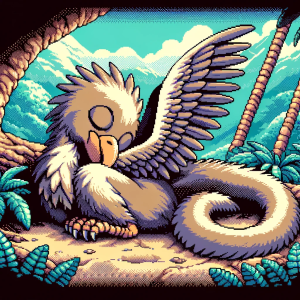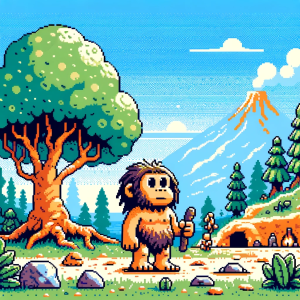
Unraveling the Mystery of the Ancient Worm –> Not a Leech
Have you ever wondered what life on Earth was like over 400 million years ago? In a groundbreaking study titled “Not the First Leech: An Unusual Worm from the Early Silurian of Wisconsin,” published in the Journal of Paleontology, scientists have made an astonishing discovery that sheds new light on the ancient creatures that once roamed our planet. This article takes us on a journey back to the early Silurian period, approximately 437 million years ago, to explore a mysterious worm once thought to be the earliest known leech.
A Misunderstood Creature
This study focuses on a unique fossil found in the Brandon Bridge Formation in Wisconsin. Initially believed to be the earliest leech, this worm, measuring about 16 cm in length and 8.2 mm in width, boasted around 250 annulations (ring-like segments) and a curious circular structure at one end. However, upon closer examination, researchers realized that this circular structure was not a sucker, as one would expect in leeches, but rather the broken end of a molt. This revelation led to a reclassification of the worm to the Cycloneuralia group, known for shedding their skin.
Why Does This Matter to Us?
You might be wondering why the classification of an ancient worm matters to us today. The answer lies in the intricate puzzle of Earth’s history and the evolution of life. Understanding this worm’s true nature and lineage helps scientists accurately map the evolutionary timeline of different species. It ensures that researchers don’t mistakenly use this fossil as a reference point in molecular studies, which could lead to skewed interpretations of the history and development of life on Earth.
A Glimpse into Ancient Marine Life
The discovery was made in the Waukesha Biota, a treasure trove of early Silurian fossils. These fossils are exceptionally preserved, offering a rare window into ancient marine ecosystems. This environment, which was possibly brackish and influenced by tides, has provided us with a variety of soft-bodied organisms rarely preserved in the fossil record. This includes worms, lobopodians (creatures with stubby legs), and even conodont animals, an extinct group of jawless vertebrates.
Implications for Everyday People
For the everyday person, this discovery is a reminder of our planet’s vast and mysterious history. It’s a testament to how much is still unknown and waiting to be discovered. It also underscores the importance of accurate scientific research and its role in shaping our understanding of the world.
Conclusion
The study “Not the First Leech” is more than just a correction of a scientific misinterpretation; it’s a fascinating glimpse into the past, revealing the complexities of life that existed long before humans. As we continue to uncover the secrets of our planet’s history, we gain knowledge and a deeper appreciation for the incredible journey of life on Earth.
Science News? Yes Please.
Enhance your scientific acumen with This Week in Science. As a dedicated educator or an enthusiastic lifelong learner, our newsletter is your gateway to the latest in scientific research and insights. Delivered weekly to your inbox, it offers a curated selection of impactful studies and discussions, fostering not just awareness but a deeper engagement with science. Subscribe now for free and be part of the movement that’s bringing science to life.



